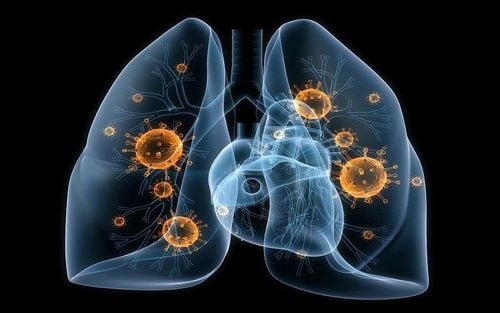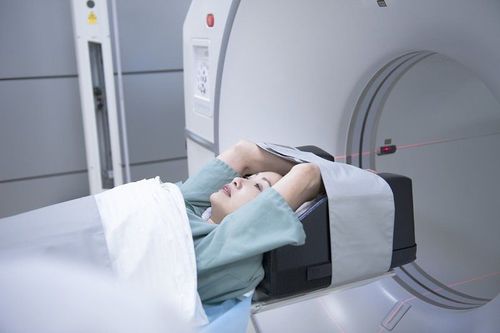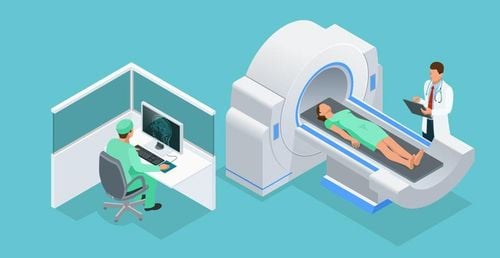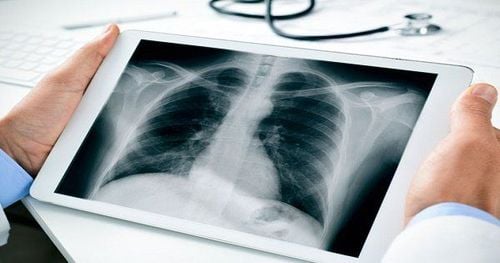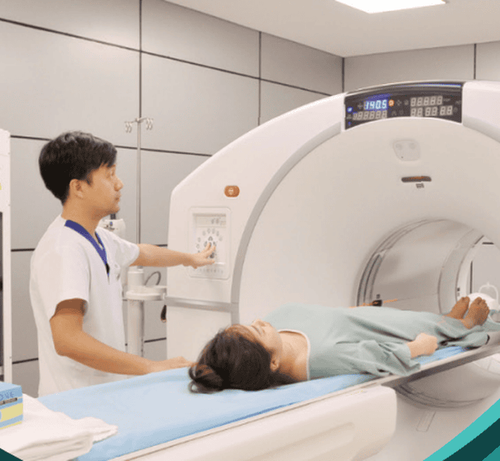This is an automatically translated article.
Screening or screening for lung cancer is an examination done to find the disease before symptoms appear. The aim of screening is to detect the disease at the earliest and most treatable stages, as well as reduce the mortality rate caused by lung cancer.Video content is professionally consulted by Master, Doctor Nguyen Thi Thanh Huyen - Cancer Center - Radiation Therapy - Vinmec Times City International General Hospital
1. Lung cancer screening tests
Screening tests may include tests to check for blood and other body fluids, genetic tests to look for genetic markers related to disease, and imaging to create pictures. inside the body. These tests are generally valid for the general population. However, because each individual's requirement for a particular screening is dependent on factors such as age, sex, and family history.In lung cancer screening, people who are at high risk for lung cancer but have no signs or symptoms of the disease will be prescribed a low-dose lung computed tomography (LDCT).
With the development of medicine, more advanced and modern methods were born and today's highest technology has proven the effectiveness of low-dose computed tomography (LDCT) of the chest.
Low-dose computed tomography (low-dose CT) is a very effective screening used to detect lung cancer or lung abnormalities with higher resolution than conventional imaging.
According to the latest recommendations of the American Cancer Society, lung cancer screening should be conducted annually using low-dose computed tomography for those at risk, including:
People with medium risk: 50 years of age or older, no or light smoker, used to smoke heavily but stopped for more than 15 years.
People at high risk:
From 50 years old or older, smoke 30 packs/year Exposure to smoke, dust, occupational pollution, living in a radioactive environment People with a history of lung cancer. If treated for lung cancer more than 5 years ago, consider lung cancer screening Family history of lung cancer People with certain chronic lung diseases
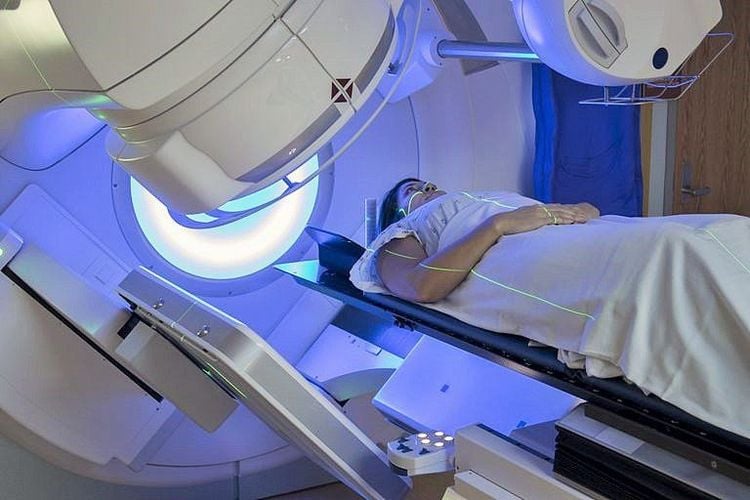
2. Low-dose CT detection of lung cancer
Because computed tomography can detect even very small nodules in the lungs, low-dose CT lung scans are particularly effective for diagnosing lung cancer at its earliest and treatable stages.CT scan is very quick, so it is suitable for patients who have difficulty breathing. CT scans are painless and non-invasive. No contrast agent required. There is no radiation left in the patient's body after the CT scan. The X-rays used in a low-dose CT lung scan have no immediate side effects and do not affect any metal parts of your body such as pacemakers or artificial joints. Low-dose chest CT scans produce images of sufficient image quality to detect many abnormalities using up to 90% less ionizing radiation than conventional chest CT scans. Low-dose CT lung cancer screening has been shown to reduce lung cancer deaths in high-risk patients. When cancer is found by screening, it is often in its early stages and patients may need to undergo minimally invasive surgery and less lung tissue removal.
A false-positive result occurs when a screening finds an abnormality but no lung cancer is found. Abnormal findings may require additional examination to determine if cancer is present. These tests, such as a follow-up CT scan or more invasive tests in which a portion of lung tissue is removed (called a lung biopsy).
A CT scan result that is probably normal even with lung cancer is called a false negative result. A person who receives a false negative test result may delay seeking medical attention.
Not all cancers detected by low-dose lung will be detected in the early stages of the disease. Screening for lung cancer may not improve a person's health or help a person live longer if the disease has spread beyond the lungs to other areas of the body.
There is a theoretically small risk of cancer from low dose radiation exposure. Lung cancer screening with low-dose CT is the most effective way to detect and treat lung cancer in time, and protect your health and life. Currently, at Vinmec International General Hospital, lung cancer screening is performed with many outstanding advantages such as: A team of highly qualified and experienced doctors; Having a full range of specialized facilities for diagnosis and staging before treatment: Endoscopy, CT scan, PET-CT scan, MRI, histopathological diagnosis, genetic - cytological testing... There are full range of mainstream cancer treatment methods: surgery, radiation therapy, chemotherapy, stem cell transplant....
Please dial HOTLINE for more information or register for an appointment HERE. Download MyVinmec app to make appointments faster and to manage your bookings easily.





